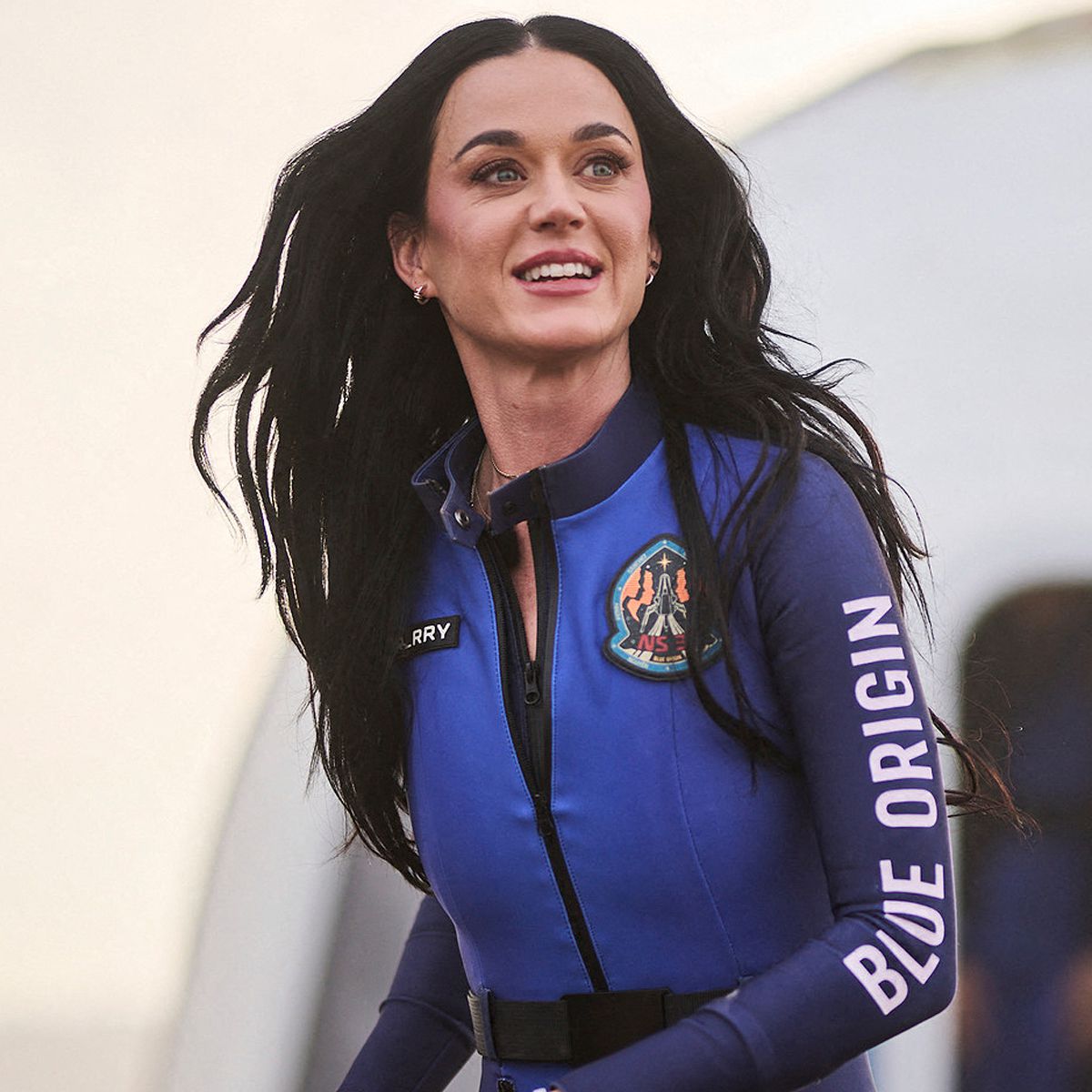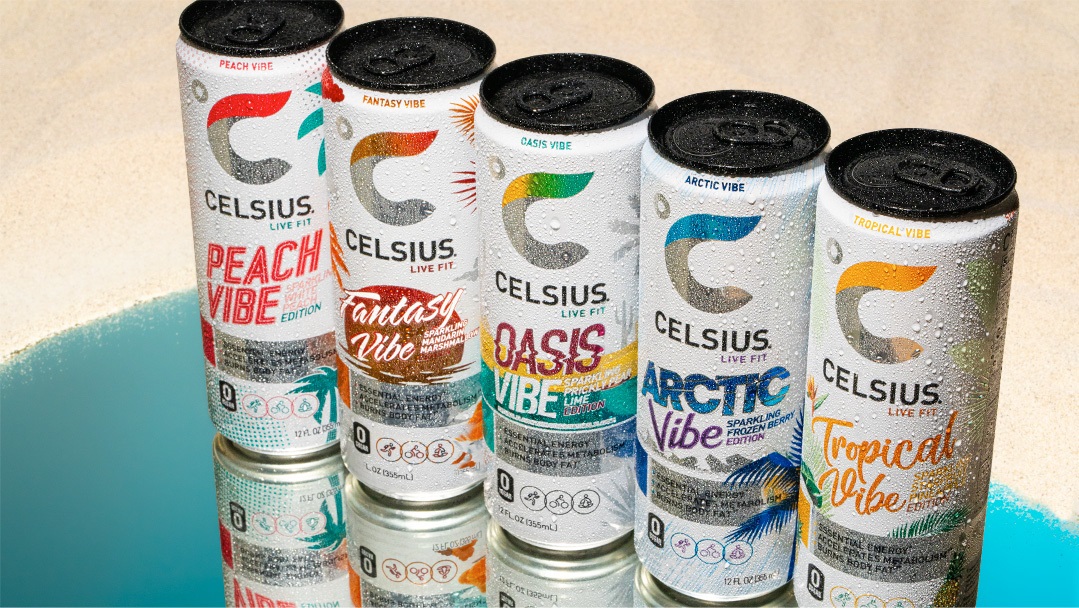Throughout our lives, we have all been influenced by various people or things, whether we are aware of this persuasion or not. In the previous years with the rise of social media, “influencers” have gained unprecedented fame promoting clothes, makeup, diets, travel, and much more.
These simple yet compelling prompts posted via photo or video challenge the viewers’ thoughts, emotions, and confidence, especially for adolescents. Throughout the glamorization of influencers’ lives, it is vital to understand the extent to which influencers negatively impact teens’ well-being through distorting health/body image and promoting overconsumption.
Everyone has heard of diet and fitness culture—it’s been around for generations. On social media, apps like Instagram and TikTok, influencers are constantly promoting restrictive diets and extreme fitness routines that supposedly support a “healthy lifestyle.”
Andie Millman (‘27) feels that, on Instagram, so many influencers glorify extreme dieting and fitness. In reality, this content promotes an unhealthy lifestyle that can lead many young teens, especially young girls, to develop eating disorders. Grace Goldsholl (’27) agrees with this assertion and feels too that “many influencers frame intensely restrictive and unhealthy habits as beneficial, influencing young adults to crave that type of lifestyle.” This spread of seemingly benign falsehoods can cause many issues in teens’ lives, making them frustrated, anxious, and upset when a lifestyle they have seen online doesn’t work for them.
Have you ever seen your favorite influencer post online about PR (public relations) “hauls?” While those posts may seem amusing and entertaining, there are hidden negative consequences that you or even your favorite influencer may not know about.
Many of the clothes influencers receive come from big brands like Zara, H&M, Shein, and ASOS, prompting their teen audience to buy from these companies despite their infamous fast fashion tendencies. According to Project Cece Clothing, hauls that once trended on YouTube are now booming on TikTok, promoting cheap fashion at a massive scale.
Behind the low prices lies a hidden cost—sweatshops, child labor, and modern slavery persist in the supply chain of these brands. The influence of social media figures in fueling demand for fast fashion is undeniable, yet few address the ethical and environmental damage caused by these companies. As social media influencers encourage teens to indulge in unethical and unsustainable fashion, they fail to provide insight on how these companies affect the world around them.
Ultimately, the influence of social media reaches beyond entertainment—it shapes how teens in Mamaroneck High School across the world see themselves and others. From promoting unrealistic body standards and restrictive lifestyles to encouraging unethical and insatiable shopping habits, influencers play a serious role in negatively shaping the beliefs and behaviors of teenagers.
As consumers and children growing up in a tech-focused world, teenagers in MHS have become very aware of these influencers. It is crucial to see the reality of these situations, support sustainable brands, and learn about how to nourish and keep your body healthy. Only then can we begin to shift these parts of online culture towards empowering our future generations.









